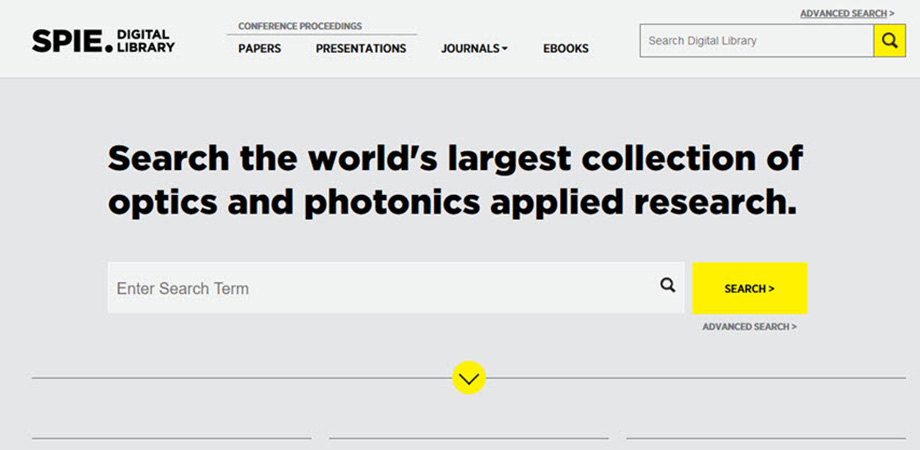A Proceedings Evolution
Conference presentation recordings provide a content-rich multimedia experience that's almost like being there.

Conference proceedings have been the backbone of SPIE's publishing activity since 1963. In that time, we have published 450,000 technical papers spanning 11,000 proceedings volumes, garnering tens of thousands of patent and literature citations and global recognition of their value to advancing cutting-edge photonics research. Add to that more than 33,000 journal articles and 350 eBooks, and the SPIE Digital Library has become "the world's largest collection of optics and photonics applied research."
That's SPIE's publishing legacy. More recently, responding to changing data about publication preferences and use of proceedings, and enabled by advances in publishing technology, SPIE initiated a full-scale program to record the oral presentations at our major technical symposia in the U.S. and Europe and, with author permission, publish the recordings on the SPIE Digital Library as part of the conference proceedings. Today, that collection of recordings has grown to more than 16,000 content-rich presentations that showcase the thought and expertise of the participating speakers.
Each recording includes the audio of the presentation synchronized with video of the slides as projected onto the room display, although the audience Q&A discussion is not included; you have to be present to hear that portion of the sessions. Many presentation recordings are accompanied by an abstract and written paper.
Multimedia has become an effective and widely adopted means to convey and consume information. The recordings augment the conference papers by giving readers additional information about the topic, including animations, 3D images, and video demonstrations that are not typically possible in a written paper.
SPIE has further enhanced the recordings with interactive, searchable transcripts. This feature enables users to browse or search and efficiently and quickly navigate to content of interest within a presentation. Closed Captioning (CC) is also available, making the presentations ADA compliant, as well as offering that option to users who value having the written text displayed while listening to the speaker.
Another useful feature is the ability to instantly translate both the transcript and CC text into a variety of languages using Google Translate. This capability should be especially valuable for users around the world for whom comprehension will be better in their primary language.
Typically, presentations are available on the SPIE Digital Library 2-4 weeks after a conference. Conference attendees have full access to the written papers (PDF and HTML) and may also view the presentation recordings as part of their online proceedings subscriptions, and institutional and personal SPIE Digital Library subscribers can watch the recordings as well. SPIE has decided to make all plenary presentations open access as a benefit to the community.
Capturing and archiving the many outstanding presentations given at SPIE conferences is a major enhancement to SPIE's conference proceedings. For those who are able to attend the events, they provide a way to review the talks that caught your interest or to hear and see the ones you missed. For others, this rich technical content is now available to the global research community in a format that is almost like being there.
These presentation recordings bring a new dimension to SPIE's proceedings and Digital Library, and it is an evolution that serves the community well.
| Enjoy this article? Get similar news in your inbox |
|




